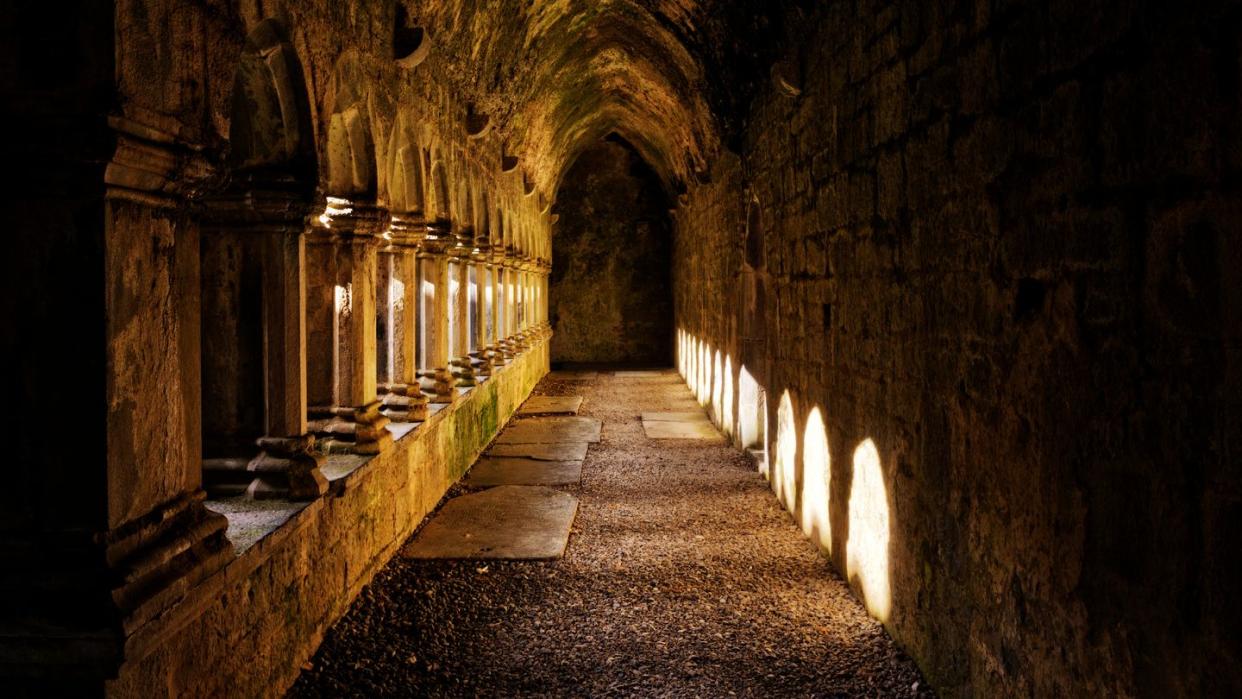An Astounding Excavation Uncovered a Medieval Village Under an Ancient Abbey

"Hearst Magazines and Yahoo may earn commission or revenue on some items through these links."
In December of 2023, French archeologists completed the first complete excavation of a Christian abbey in European history.
Now, a new statement from the National Institute for Preventive Archaeological Research (Inrap) reveals some of the amazing details located beneath the 800 year old abbey, which met its demise in the aftermath of the French Revolution.
With the excavation now complete, experts will now analyze the millennia worth of artifacts that were uncovered.
During the intense and bloody French Revolution (1789-1799), Catholic churches and abbeys didn’t fare very well. In 1789, the National Constituent Assembly decided to seize all Catholic property and sell it off in an effort to fund the fledgling Revolutionary currency. The Beaumont Abbey, which had existed outside the city of Tours, France for nearly 800 years, was swept up in this nationwide land grab, its 46 nuns were expelled, and the abbey itself was eventually demolished.
But unknown at the time of its demolition, a treasure trove of medieval history rested underneath the abbey. The area contained some 1,000 burial sites—the graveyard of the centuries-old abbey—and remnants of the medieval town of Belmons, which the Beaumont Abbey effectively replaced.
Luckily for those enamored by the fascinating history of Medieval Europe, the National Institute for Preventive Archaeological Research (Inrap), led by archeologist Philippe Blanchard, finally began excavating the site in September of 2022—more than 230 years after its abandonment. After more than a year of work, Blanchard’s team finished the first complete abbey excavation in European history, uncovering treasures related to nearly a millennia of artifacts.
“We have excavated as many elements of this abbey as possible,” Blanchard said in a statement, “the entire church, the entire cloister, all the peripheral buildings, all the facilities, the abbey dwellings, the refectory, the kitchen, the sinks, the parlor, the cellar, the dovecote, the ovens, cisterns, pipes, washhouse, latrines, icebox, dumps, and more than 1,000 burials from different time periods.”
The Beaumont Abbey was originally just a small building with a flat apse—a kind of semi-dome roof. However, around the 11th or 12th century, the building doubled in size. And a couple of centuries after that, a new ambulatory (aisles along the nave) further increased the church’s occupancy, according to LiveScience. Blanchard also notes that, while these are the major changes to the structure, the abbey was in near constant flux, with rooms or other features being added or remodeled constantly.
Among the extensive burial sites, the team discovered one grave containing up to nine people—likely dug during the height of a plague epidemic in 1563. Elaborate tombs scattered among these sites suggests that high-ranking officials associated with the abbey were also buried on site. One particularly odd burial ritual included the remains of infants buried near older structure of the church. The archeologists theorize that these are the remains of unbaptized children, who were buried near the church so that any water running off the church itself (which was considered sacred) could bless their untimely graves.
While the collection of artifacts includes some common items often found in holy Christian places (i.e. rosaries and crucifixes), some unexpected finds include an 18th century Chinese porcelain tea set—a sign of the abbey’s financial good fortunes during the Ancien régime.
Although the excavation phase is complete, the story of the Beaumont Abbey is far from over. Now, Blanchard and his team will analyze their findings in the lab and uncover all the secrets that have been buried underneath one of France’s largest abbeys for centuries.
You Might Also Like
